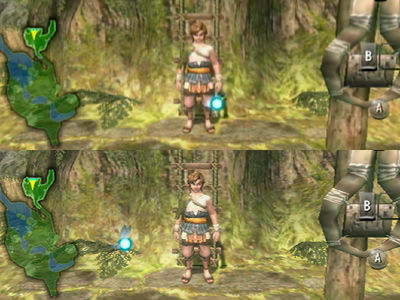Why is 'sandstorm' on analog color television black and white, not color, and why does it sometimes appear color?

Analog broadcasting, one of the television broadcasting systems, has been replaced by digital broadcasting mainly in developed countries since the end of the 1990s, and the chance of seeing the appearance has gradually decreased, but the analog TV has a white screen on the screen. Many people have seen the '
electrical engineering-Why do color TVs make black and white snow?-Engineering Stack Exchange
https://engineering.stackexchange.com/questions/33737/why-do-color-tvs-make-black-and-white-snow
Glorfindel who posted the question said, 'I understand that black and white TV sandstorms are black and white, but why color TV sandstorms are not color?' 'Do you not decode noise as a color video signal?'
According to Transistor 's answer to this question, the television receiver cannot detect the subcarrier carrying the color burst signal necessary to correctly reproduce the color signal during the horizontal retrace period . Therefore, it is explained that the receiver turns on the color killer circuit and stops receiving color signals, which causes black and white noise.

However,
Mike replied, 'Without receiving a color signal, a color sandstorm can occur due to physiological and technical aspects.' One of the reasons is that the optical illusion is a physiological aspect. When looking at the noise of 'sandstorms,' it is explained that the human eyes may have an illusion of color even if there is no color on the screen.
Technically, as explained by Transistor, the signals received by the receiver should not contain color signals. Still, the reason that color noise can be displayed on the screen is that the focus of the light rays of the three primary colors may be slightly shifted from the center of the three primary colors. For this reason, Mike comments that certain colors may be visible.

by arnau (BCN)
It also states that if a poor quality analog-to-digital converter is used, analog signals cannot be accurately converted to '0' and '1', and color noise may be displayed.
Related Posts:
in Hardware, Posted by darkhorse_log







